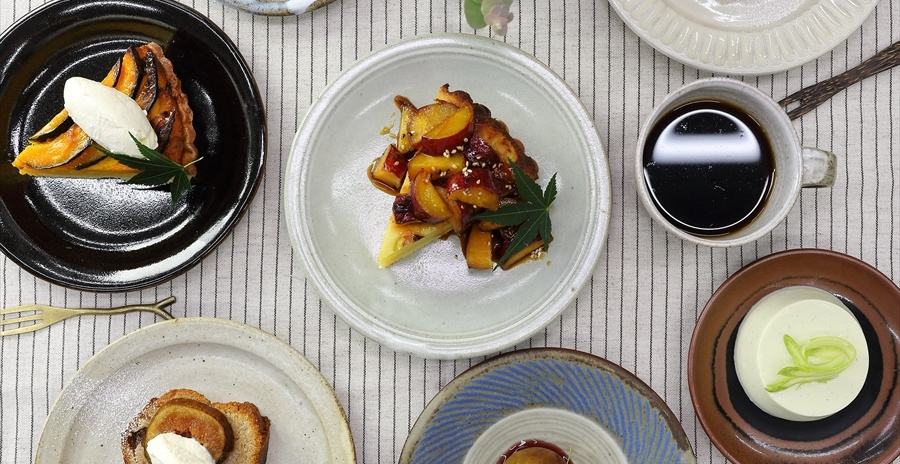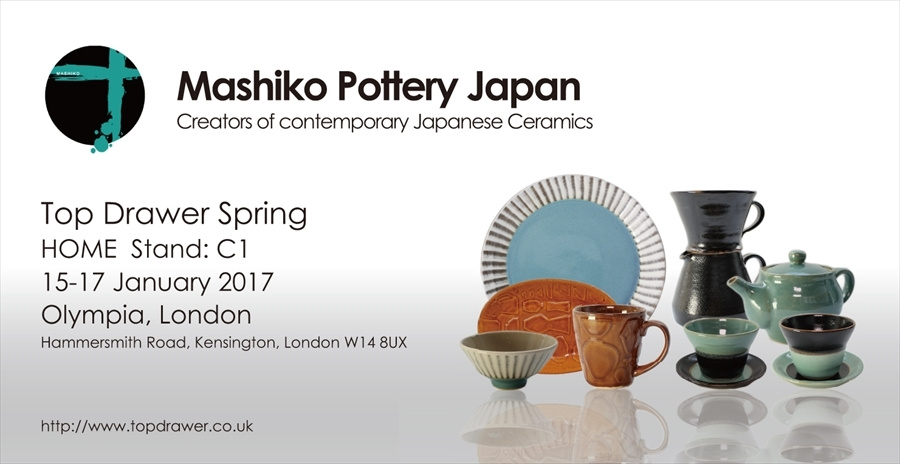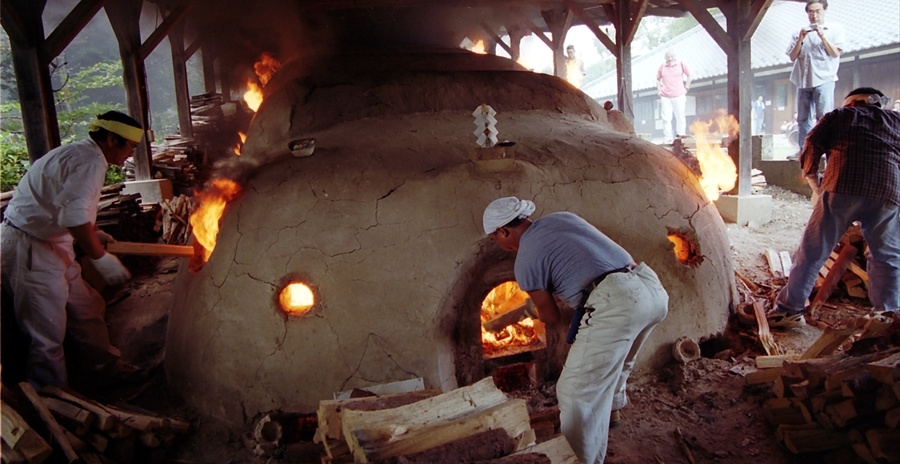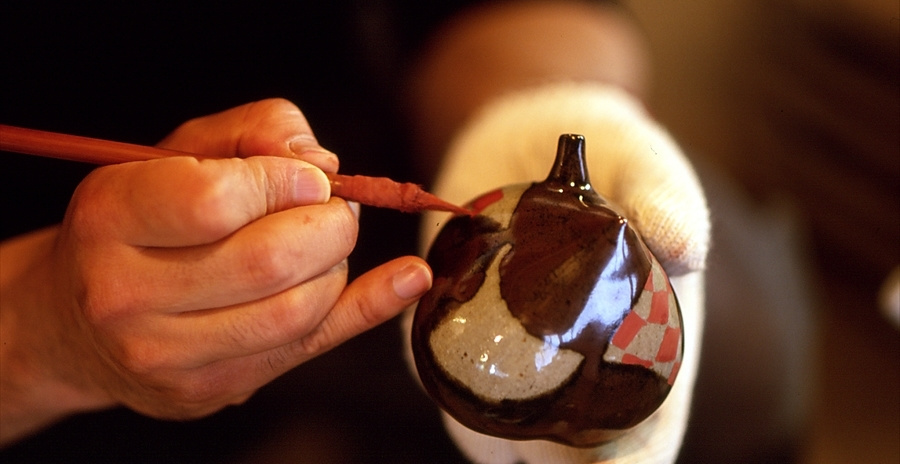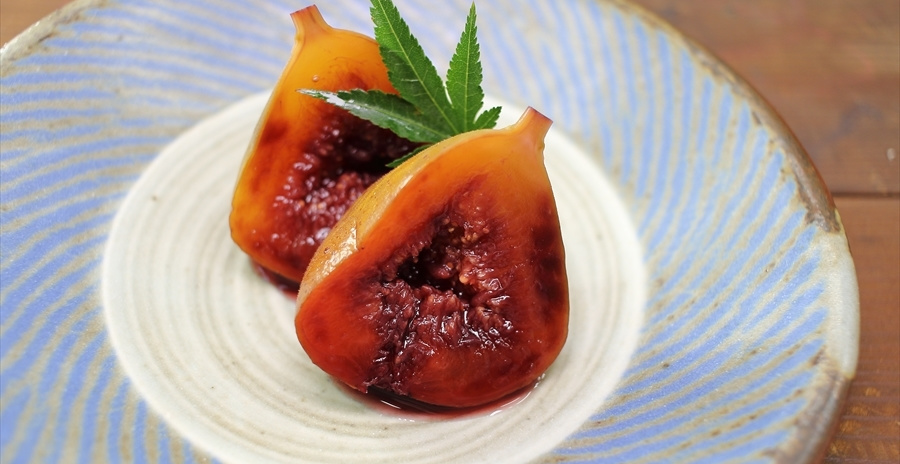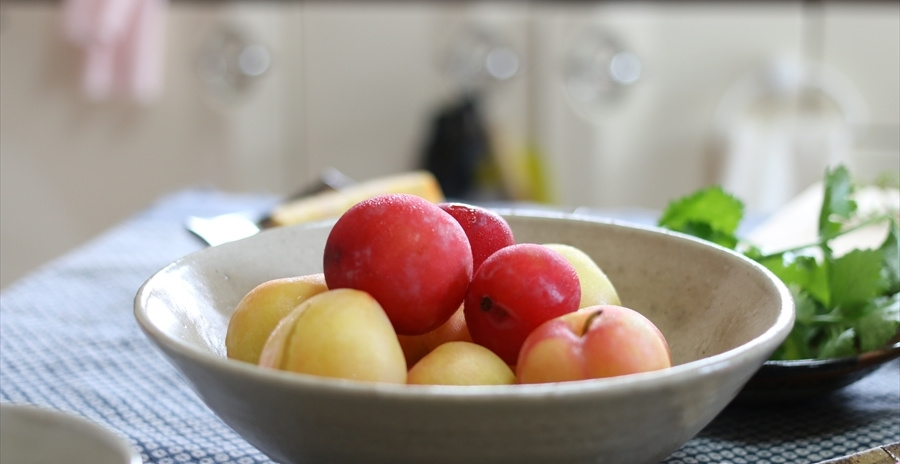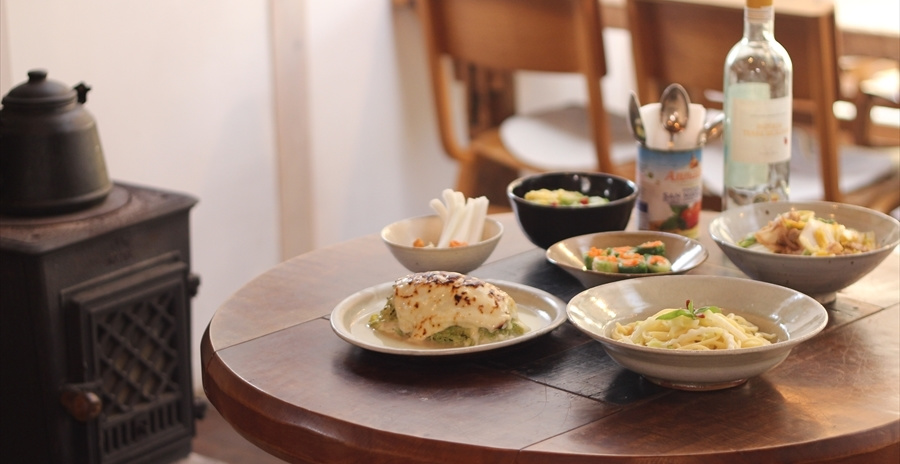益子焼 Mashiko pottery - Beauty in Functionality -
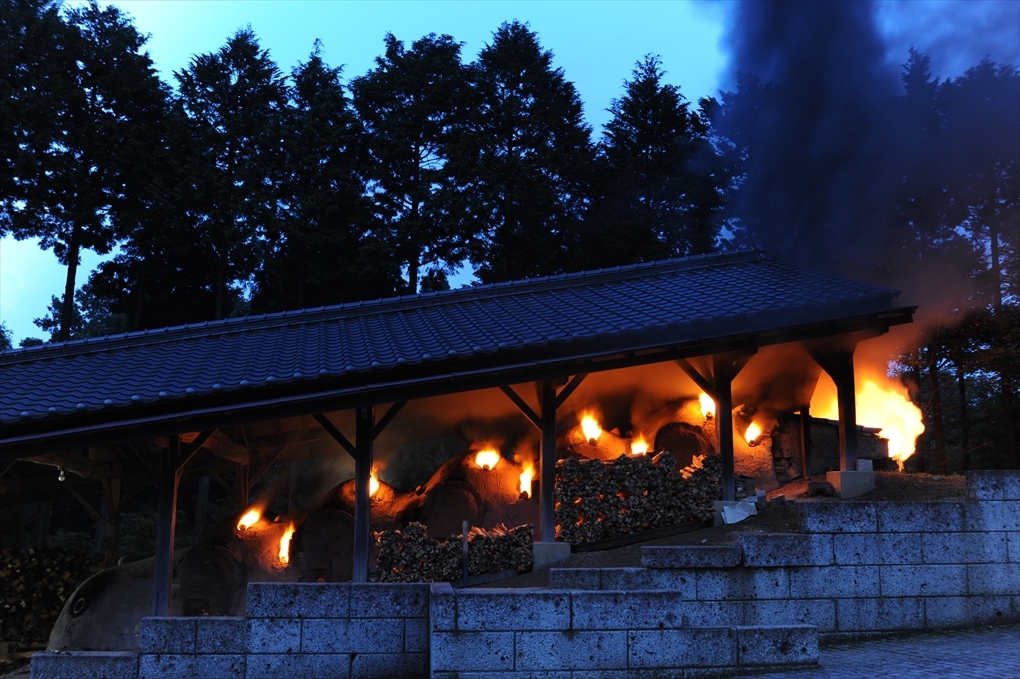
History of the Mashiko Pottery is said to have started in the late Edo period(1603-1868). A potter, whose name was Keizaburo Otsuka, built a kiln in Mashiko after learning pottery in Kasama then.
Since then, Mashiko began producing pottery necessary for daily life in Japan, such as bowls, pots for water and teapots. Mashiko became one of the leading pottery regions in Japan due to its excellent clay and relatively close location to the big Tokyo market.
In 1924, Mr. Shoji Hamada came to settle in Mashiko. He promoted the ‘Mingei’ Folk Crafts Movement with Mr. Soetsu Yanagi, who recognized ‘Yo no Bi’ or ‘beauty in Everyday Crafts’ strongly while influencing the other craftsmen living in Mashiko. Gradually people began to see pottery as ‘works of art’ as well as tools.
Today, there are about 400 kilns and 50 pottery shops.
Many potters, from freshmen to experts, set up their own kilns and create pottery in their own way.
Pottery Fairs have been held in spring and fall.
 Mashiko-yaki (pottery) is a Japanese pottery which has been nationally designated as a traditional Japanese craft, born from the fusion of locally resourced Mashiko clay and the art of glazing.
Mashiko-yaki (pottery) is a Japanese pottery which has been nationally designated as a traditional Japanese craft, born from the fusion of locally resourced Mashiko clay and the art of glazing.
In 1924, Living National Treasure Shoji Hamada began creating Mashiko-yaki, founded on the principles of the “Mingei (national art) movement”, expressing the world of “living beauty” that exists in daily life.
With this principle, the “Mashiko-yaki brand” became widely known not only in Japan but also in Britain and America. This ideology continues today and the work born from the various design developments are loved by people all around the world.
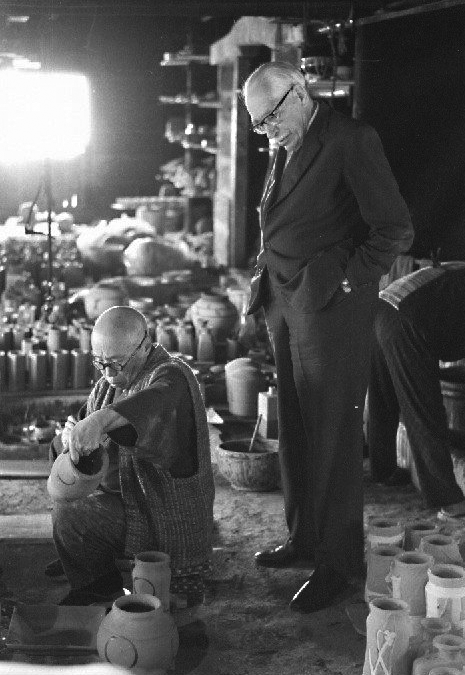 In 1920, Shoji Hamada, the principle reviver of Mashiko-yaki, travelled with Bernard Leach to St. Ives in Britain and began to create work. The following year he worked with weaver and dyer Ethel Mairet and sculptor Eric Gill in Ditchling, which had a huge impact on his life.
In 1920, Shoji Hamada, the principle reviver of Mashiko-yaki, travelled with Bernard Leach to St. Ives in Britain and began to create work. The following year he worked with weaver and dyer Ethel Mairet and sculptor Eric Gill in Ditchling, which had a huge impact on his life.
The village while not far from London, was a calm and peaceful place where craftsmen and designers could live and work under their own inspiration in a healthy and free lifestyle. On the one hand Hamada could develop his work with many world class designers such as Charles Eames. A lounge chair personally gifted by Eames can be found in Hamada's family home, which he relocated to Mashiko. He was also a modernist with a fresh outlook who would line his table with British foods such as pasties and boiled ham, and would regularly drink Wilkinson carbonated water instead of beer.
In this way, it could be said that the concept of beauty born from combining eating habits, cutting edge designs and lifestyle, has its origins from Hamada’s experiences in Britain.
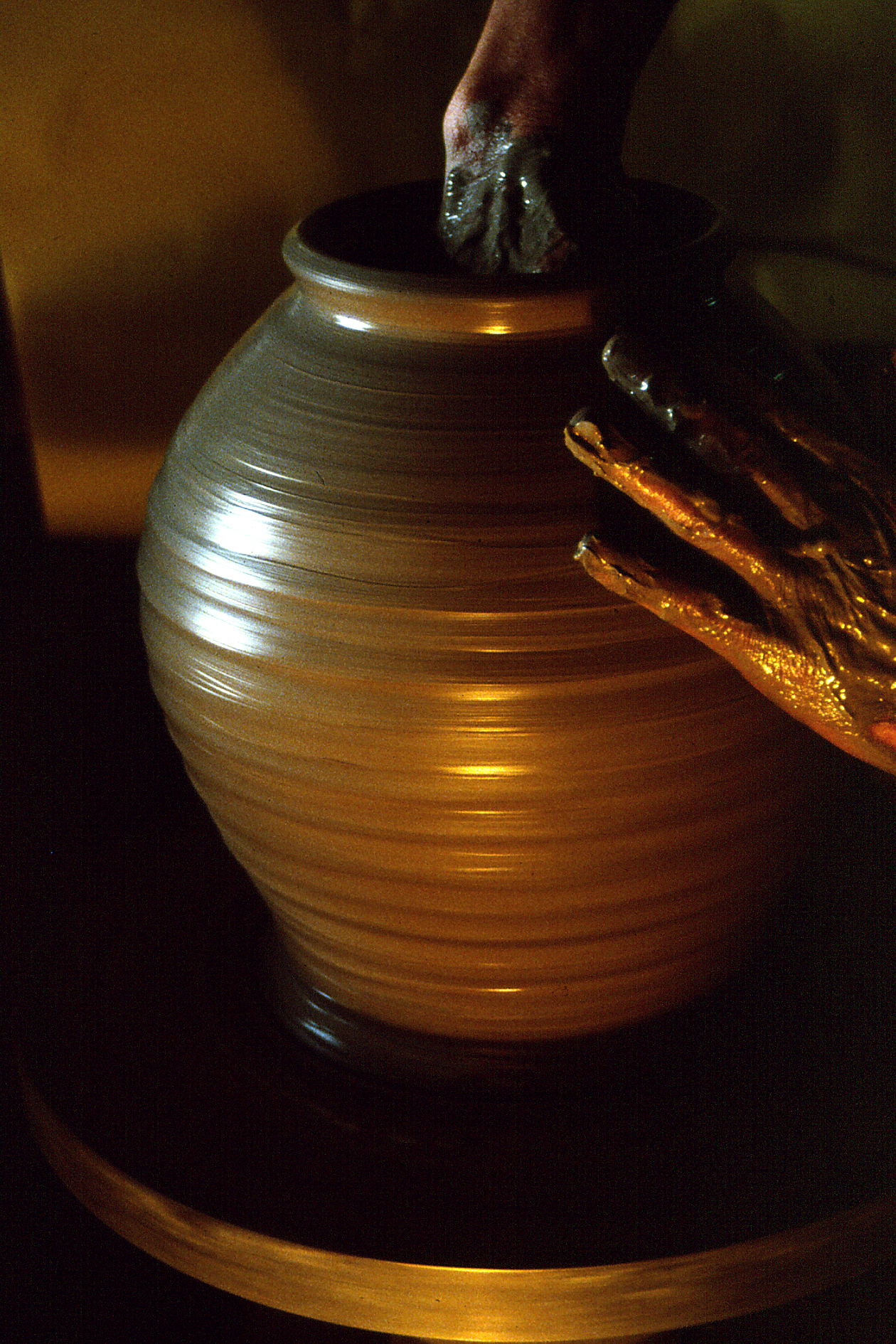 Create the shape using a potter's wheel, build form and turn the hand. When you have created the shape, make patterns; bring the white clay to life with brush strokes, and with Hakeme (brush mark) techniques for applying brush strokes, and by skilfully pouring the traditional Mashiko glaze using a ladle. Then use Gosu (absolite) to bring out blues, Tessa (iron sands) and Dou (copper) to bring out shades of brown to black to decorate the pottery. Mashiko-yaki also has many different types of glazes. Unique styles can be expressed using Kakiyu (Kaki glazes) and Kuroyu (black glazes) ,which use Mashiko produced Ashinumaishi (Ashinuma stone) as their base, and Nukajiroyu (bran-white glazes) made from straw, wood and bran ash, and Seijiyu (celadon glazes),
Create the shape using a potter's wheel, build form and turn the hand. When you have created the shape, make patterns; bring the white clay to life with brush strokes, and with Hakeme (brush mark) techniques for applying brush strokes, and by skilfully pouring the traditional Mashiko glaze using a ladle. Then use Gosu (absolite) to bring out blues, Tessa (iron sands) and Dou (copper) to bring out shades of brown to black to decorate the pottery. Mashiko-yaki also has many different types of glazes. Unique styles can be expressed using Kakiyu (Kaki glazes) and Kuroyu (black glazes) ,which use Mashiko produced Ashinumaishi (Ashinuma stone) as their base, and Nukajiroyu (bran-white glazes) made from straw, wood and bran ash, and Seijiyu (celadon glazes),
Since then, Mashiko began producing pottery necessary for daily life in Japan, such as bowls, pots for water and teapots. Mashiko became one of the leading pottery regions in Japan due to its excellent clay and relatively close location to the big Tokyo market.
In 1924, Mr. Shoji Hamada came to settle in Mashiko. He promoted the ‘Mingei’ Folk Crafts Movement with Mr. Soetsu Yanagi, who recognized ‘Yo no Bi’ or ‘beauty in Everyday Crafts’ strongly while influencing the other craftsmen living in Mashiko. Gradually people began to see pottery as ‘works of art’ as well as tools.
Today, there are about 400 kilns and 50 pottery shops.
Many potters, from freshmen to experts, set up their own kilns and create pottery in their own way.
Pottery Fairs have been held in spring and fall.

In 1924, Living National Treasure Shoji Hamada began creating Mashiko-yaki, founded on the principles of the “Mingei (national art) movement”, expressing the world of “living beauty” that exists in daily life.
With this principle, the “Mashiko-yaki brand” became widely known not only in Japan but also in Britain and America. This ideology continues today and the work born from the various design developments are loved by people all around the world.

The village while not far from London, was a calm and peaceful place where craftsmen and designers could live and work under their own inspiration in a healthy and free lifestyle. On the one hand Hamada could develop his work with many world class designers such as Charles Eames. A lounge chair personally gifted by Eames can be found in Hamada's family home, which he relocated to Mashiko. He was also a modernist with a fresh outlook who would line his table with British foods such as pasties and boiled ham, and would regularly drink Wilkinson carbonated water instead of beer.
In this way, it could be said that the concept of beauty born from combining eating habits, cutting edge designs and lifestyle, has its origins from Hamada’s experiences in Britain.

Mashiko's traditional glaze

並白釉
(なみじろゆう)
Clear Glaze
Clear Glaze

黒釉
(くろゆう)
Black Glaze
(Iron Glaze)
Black Glaze
(Iron Glaze)

糠白釉
(ぬかじろゆう)
White Glaze
White Glaze

柿釉
(かきゆう)
Kaki Glaze
(Iron Glaze)
Kaki Glaze
(Iron Glaze)

糠青磁釉
(ぬかせいじゆう)
Mashiko Celadon Glaze
Mashiko Celadon Glaze

灰釉
(はいゆう)
Ash Glaze
Ash Glaze

飴釉
(あめゆう)
Caramel Glaze
(Iron Glaze)
Caramel Glaze
(Iron Glaze)

